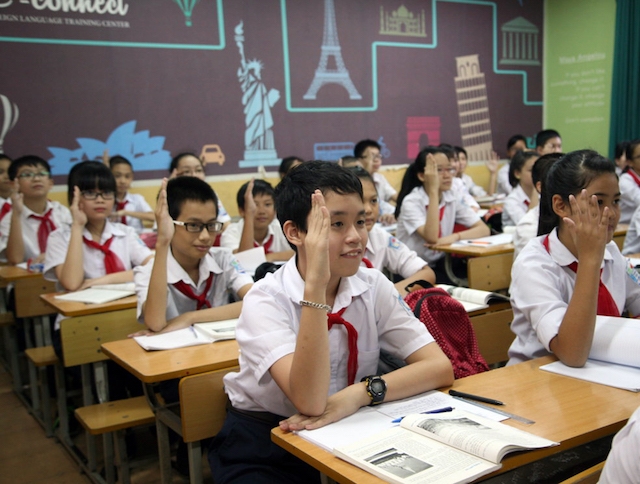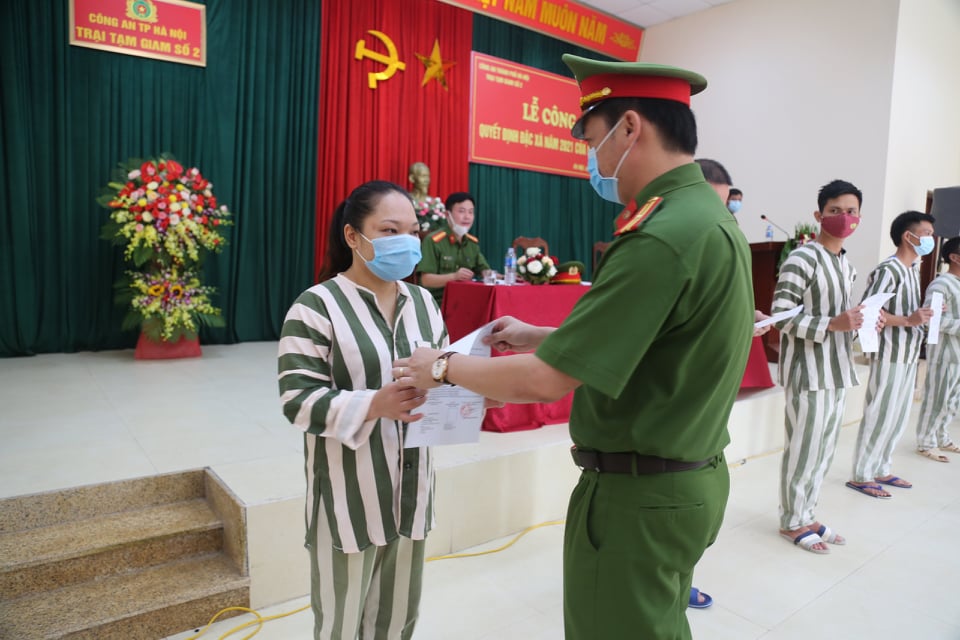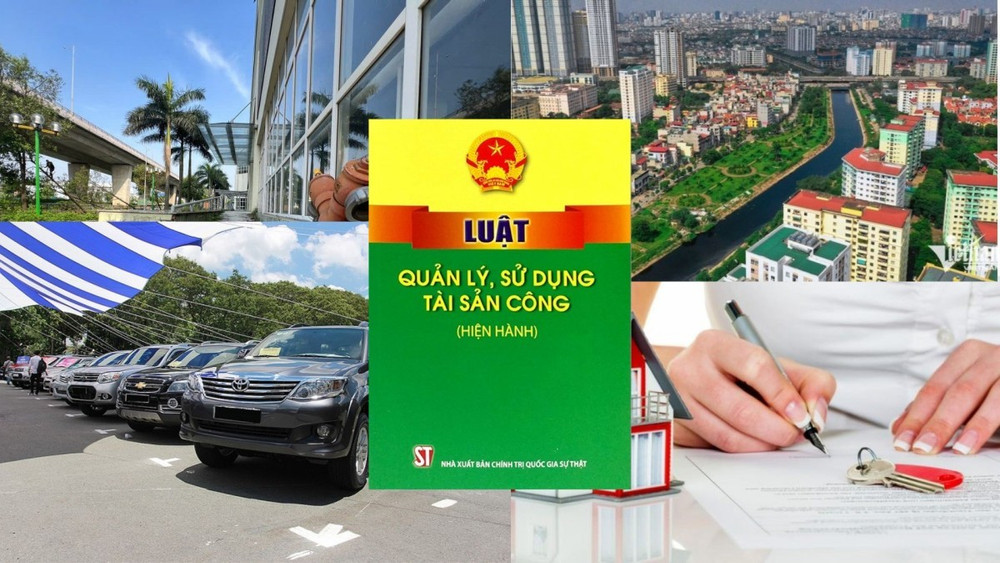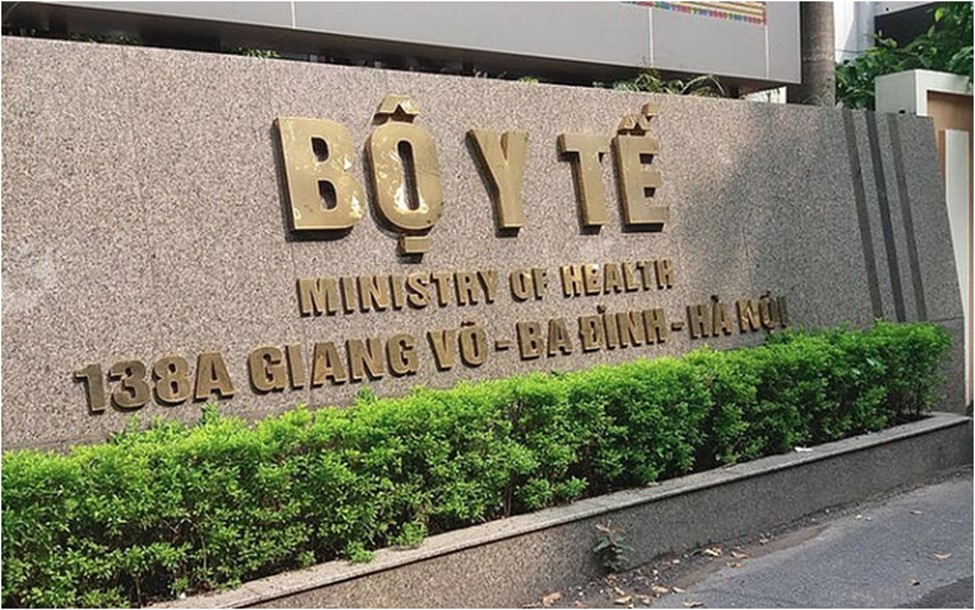Circular 24: Regulations on the structure of the Khmer Language curriculum for Primary and Lower Secondary Education in Vietnam
Recently, the Ministry of Education and Training has issued Circular 24/2014/TT-BGDDT promulgating the Khmer language curriculum for primary and secondary education levels. The circular stipulates the structure of the Khmer language curriculum for primary and secondary education levels in Vietnam.

Circular 24: Regulations on the structure of the Khmer Language curriculum for Primary and Lower Secondary Education in Vietnam (Internet image)
Specifically, in Circular No. 24/2014/TT-BGDDT the structure of the Khmer language program for primary and lower secondary levels in Vietnam is stipulated as follows:
The program is designed over 7 academic years, intended for primary and lower secondary education levels. These 7 years are divided into 3 phases:
- Phase 1: The first and second years, with the goal for students to achieve solid listening and speaking skills; and attain basic reading and writing skills.
- Phase 2: The third and fourth years, with the goal for students to achieve proficient listening and speaking skills; and attain solid reading and writing skills.
- Phase 3: The fifth, sixth, and seventh years, with the goal for students to achieve proficient reading and writing skills.
The program provides language knowledge and skills through a system of lessons divided into sub-subjects such as Phonics, Reading, Storytelling, Writing, Spelling, Vocabulary and Sentence Practice, and Composition. Each lesson unit includes sections: practicing language skills (listening, speaking, reading, writing), deploying content knowledge, applying knowledge and skills in communicative practice.
The linguistic material is built around themes: self, family, school, nature, country, and ethnic culture. The material is appropriate to the psychology, emotions, cognition, and culture of the Khmer students in Vietnam. The linguistic sources are primarily extracted from folklore and creations by the Khmer people, reflecting the material and spiritual life of the Khmer people in Southern Vietnam. Additionally, some exemplary literary works of other ethnic groups in Vietnam are also used.
More details can be found in Circular No. 24/2014/TT-BGDDT, which comes into force in Vietnam from January 1, 2015.
Thuy Tram
- Key word:
- Khmer Language
- Education
- Vietnam
- Number of deputy directors of departments in Vietnam in accordance with Decree 45/2025/ND-CP
- Cases ineligible for pardon in Vietnam in 2025
- Decree 50/2025 amending Decree 151/2017 on the management of public assets in Vietnam
- Circular 07/2025 amending Circular 02/2022 on the Law on Environmental Protection in Vietnam
- Adjustment to the organizational structure of the Ministry of Health of Vietnam: Certain agencies are no longer listed in the organizational structure
- Vietnam aims to welcome 22-23 million international tourists in Vietnam in 2025
-

- Number of deputy directors of departments in Vietnam ...
- 15:04, 05/03/2025
-

- Cases ineligible for pardon in Vietnam in 2025
- 14:43, 05/03/2025
-

- Decree 50/2025 amending Decree 151/2017 on the ...
- 12:00, 05/03/2025
-

- Circular 07/2025 amending Circular 02/2022 on ...
- 11:30, 05/03/2025
-

- Adjustment to the organizational structure of ...
- 10:34, 05/03/2025
-

- Notable new policies of Vietnam effective as of ...
- 16:26, 11/04/2025
-
.Medium.png)
- Notable documents of Vietnam in the previous week ...
- 16:21, 11/04/2025
-
.Medium.png)
- Notable documents of Vietnam in the previous week ...
- 16:11, 02/04/2025
-
.Medium.png)
- Notable new policies of Vietnam to be effective ...
- 16:04, 02/04/2025
-
.Medium.png)
- Notable new policies of Vietnam effective from ...
- 14:51, 21/03/2025
 Article table of contents
Article table of contents
